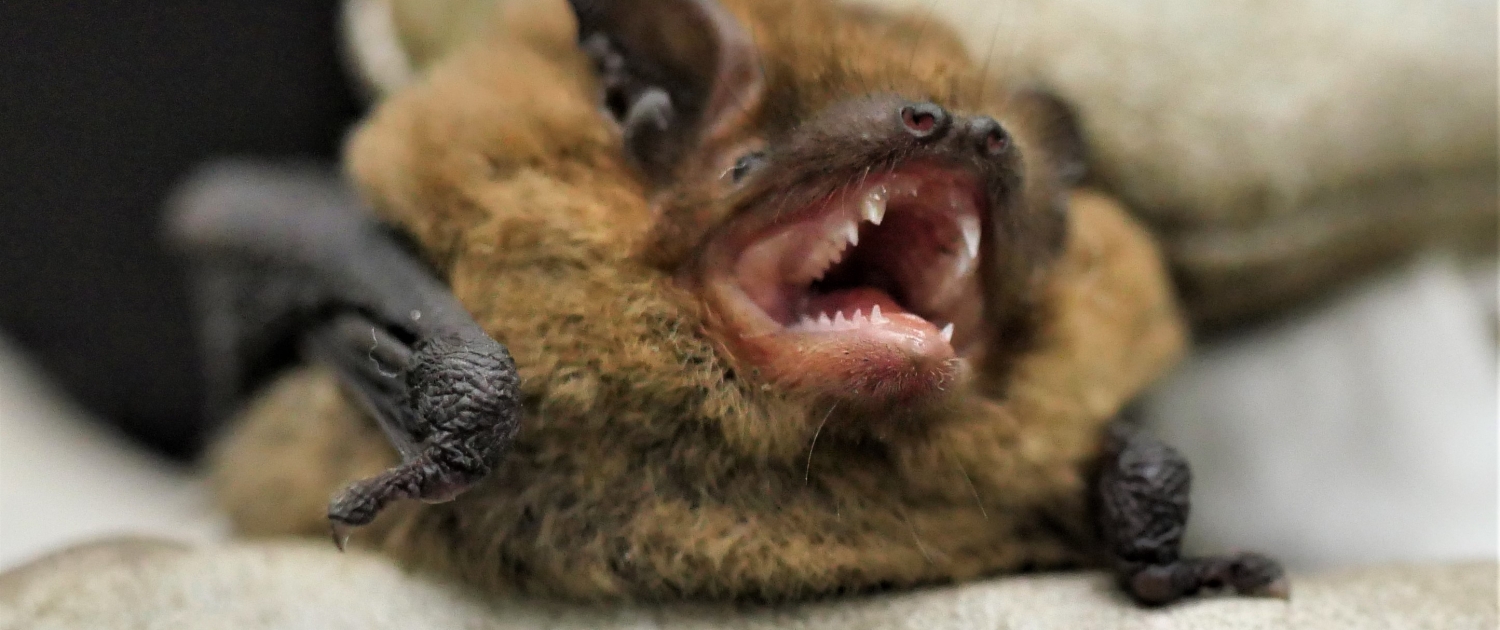Watching bats in the Colne Valley
As the weather warms up, bats are starting to become more active. We wanted to tell you more about this fascinating group of mammals and how you can watch them from the comfort of your own home.
The UK has 18 species of bat, of which 17 are known to breed here. This accounts for almost a quarter of all UK’s mammal species! They are all nocturnal and feed on insects. The culture of fear associated with bats is mainly thanks to the vampire bat, a species only found in central and south America, that sucks blood from large mammals like cows and horses. We don’t have vampire bats in the UK, so there is absolutely nothing to fear when it comes to our bat species. In fact bats are very important and should be cherished. They keep on top of insect numbers and help keep the ecosystem nice and well balanced.
Please note, all photos were taken under a strict Bat Licence. Disturbing Bats without licence is against the law. Find out more on the Governments website: https://www.gov.uk/guidance/bats-protection-surveys-and-licences
Where and when can you expect to see bats in this country?
As outlined above, bats are nocturnal, so the best time to see them is just as darkness falls in the evening. Certain species of bats have evolved to cope quite well in brightly lit urban environments, so it is often possible to watch them from your very own back garden (see the below home video from one of our staff team). Bats like the common and soprano Pipistrelle, are often seen hunting the insects that are attracted by street lights. Keep your eyes peeled around sources of light in your garden as night falls and you might just find a bat or two. If you want to try and attract bats to your garden, why not put out some bug hotels to attract insects? The more food you provide for the bats, the more likely they are to pay you a visit. If you have a large pond or live close to a river or stream, you may see other species like the Daubenton bats hunting low over the water. You can, if you’re interested, purchase a bat detector from online stores like amazon and listen to these fascinating creatures hunt using a technique called echolocation. This is where the bat produces sonar that bounces back off objects and allows the bat to produce an image of it’s surroundings.
So this evening, why not sit outside for half an hour as the sun goes down and see if any bats are using your garden to hunt? And if you want to learn more about bats, the Bat Conservation Trust website has loads of information to keep you busy https://www.bats.org.uk/.
What has Colne Valley been doing for the Bats?
‘We’ve been doing our bit to help the bats of the Colne Valley. As part of our Landscape Partnership Scheme, with funding from Herts and Middlesex Wildlife Trust (via the HS2 Colne Valley Regional Park Additional Mitigation Panel ‘Wetland Vision for Bats’ project), we have created 13 new ponds at Maple Lodge Marsh near Rickmansworth. These ponds will create excellent feeding location for bats, particularly the rare Nathusius Pipistrelle that is known to live in the area. On top of this we are also putting up bat boxes at a number of our sites. Another important improvement that will provide new homes for bats in the Colne Valley.’
Bat watching from your window
Below video was taken in The Colne Valley by our Admin officer Bergey in late March. She and her family managed to spot very active bats flying around their window. In the second video a bat detector is being used to listen to these fascinating creatures hunt using a technique called echolocation.



